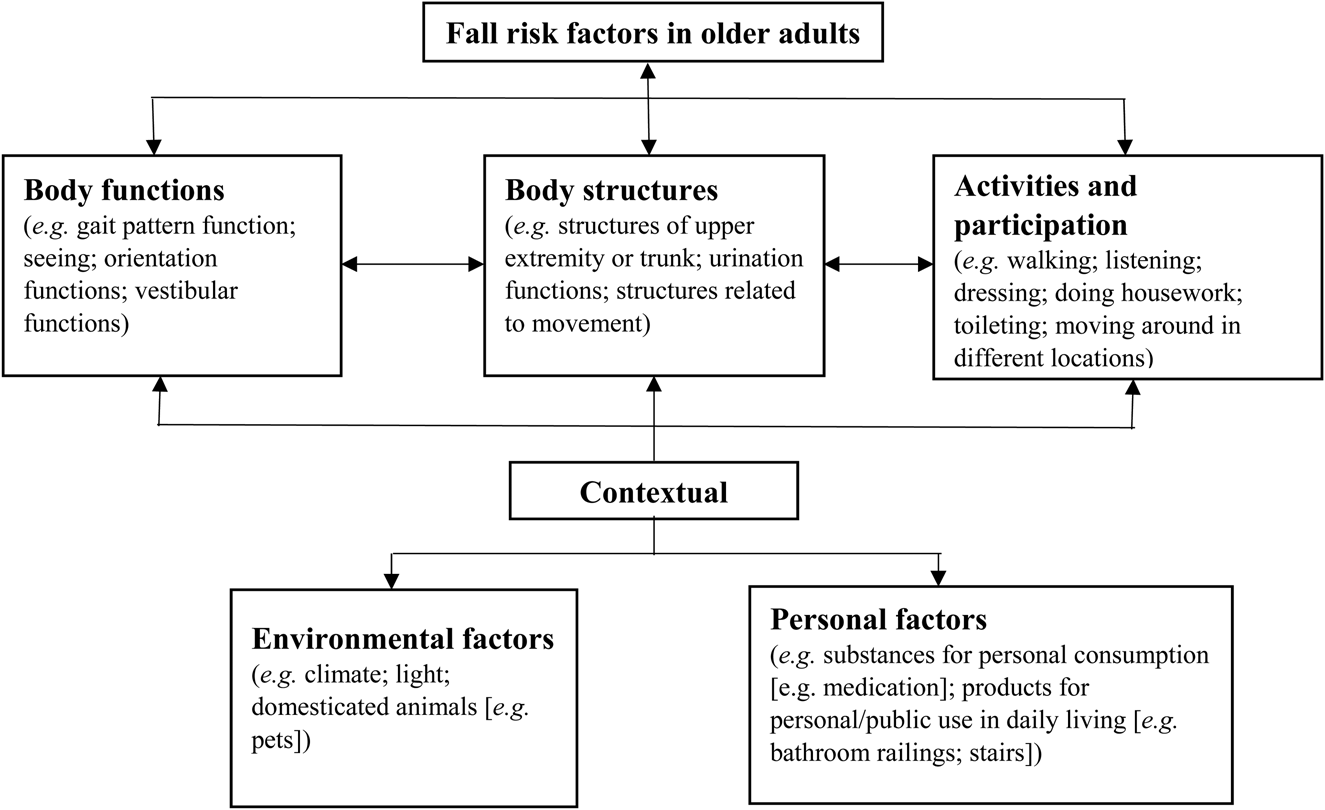Examine This Report on Dementia Fall Risk
Dementia Fall Risk Fundamentals Explained
Table of ContentsNot known Factual Statements About Dementia Fall Risk Some Ideas on Dementia Fall Risk You Need To KnowEverything about Dementia Fall RiskDementia Fall Risk - An Overview
An autumn threat analysis checks to see exactly how most likely it is that you will certainly drop. The evaluation usually includes: This includes a collection of questions regarding your total wellness and if you've had previous falls or issues with balance, standing, and/or strolling.Interventions are recommendations that may lower your danger of dropping. STEADI includes 3 actions: you for your threat of falling for your risk aspects that can be boosted to attempt to prevent drops (for example, balance problems, damaged vision) to lower your danger of dropping by using reliable methods (for instance, supplying education and sources), you may be asked several inquiries consisting of: Have you dropped in the past year? Are you fretted concerning dropping?
If it takes you 12 secs or more, it may suggest you are at higher danger for a fall. This test checks stamina and equilibrium.
Relocate one foot midway forward, so the instep is touching the large toe of your various other foot. Move one foot completely in front of the various other, so the toes are touching the heel of your other foot.
How Dementia Fall Risk can Save You Time, Stress, and Money.
The majority of falls happen as an outcome of numerous contributing aspects; as a result, taking care of the risk of falling starts with recognizing the factors that add to drop danger - Dementia Fall Risk. Several of one of the most pertinent danger variables consist of: History of prior fallsChronic medical conditionsAcute illnessImpaired gait and equilibrium, lower extremity weaknessCognitive impairmentChanges in visionCertain high-risk medicines and polypharmacyEnvironmental elements can additionally enhance the risk for drops, consisting of: Inadequate lightingUneven or damaged flooringWet or unsafe floorsMissing or damaged hand rails and grab barsDamaged or incorrectly equipped devices, such as beds, wheelchairs, or walkersImproper use assistive devicesInadequate supervision of individuals living in the NF, consisting of those who exhibit hostile behaviorsA effective autumn threat administration program requires a complete scientific assessment, with input from all participants of the interdisciplinary group

The care plan ought to likewise consist of treatments that are system-based, such as those that advertise a secure setting (proper lighting, hand rails, grab bars, and so on). The efficiency of the interventions ought to be evaluated regularly, and the care strategy modified as required to mirror modifications in the loss threat assessment. Implementing a loss risk administration system utilizing evidence-based ideal practice can minimize the prevalence of drops in the NF, while restricting the potential for fall-related injuries.
Some Known Factual Statements About Dementia Fall Risk
The AGS/BGS guideline suggests evaluating all adults aged 65 years and older for fall danger each year. This testing contains asking clients whether they have actually fallen 2 or more times in the past year or looked for clinical focus for an autumn, or, if they have actually not dropped, whether they really feel unsteady when walking.
People that have actually dropped when without injury needs to have their equilibrium and stride evaluated; those with stride or balance problems ought to obtain added assessment. A background of 1 autumn without injury and without gait or equilibrium problems does not Discover More warrant more assessment beyond continued annual fall risk screening. Dementia Fall Risk. An autumn threat evaluation is needed content as component of the Welcome to Medicare exam

Our Dementia Fall Risk Statements
Recording a falls background is one of the top quality indicators for autumn avoidance and administration. copyright medications in specific are independent forecasters of drops.
Postural hypotension can often be alleviated by minimizing the dose of blood pressurelowering medications and/or stopping drugs that have orthostatic hypotension as a side effect. Use of above-the-knee support hose pipe and sleeping with the head of the bed elevated may also minimize postural decreases in blood stress. The suggested elements of a fall-focused health examination are displayed in Box 1.

A Yank time higher than or equal to 12 secs suggests high loss danger. Being not able to stand up from a chair of knee height without using one's arms suggests boosted loss risk.